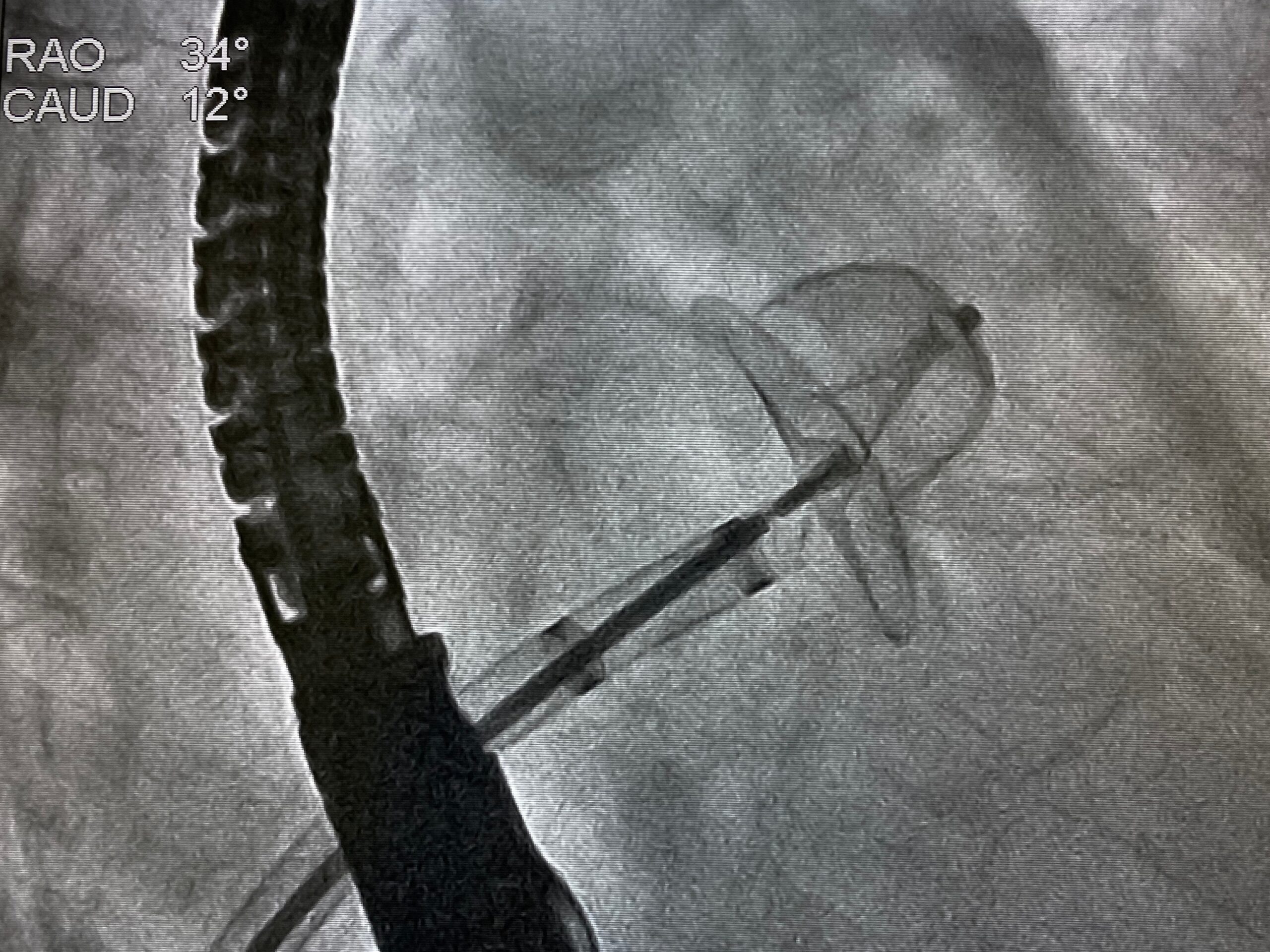
A new selectively-pulsed lattice-tipped ablation catheter was shown safe and effective for atrial fibrillation (AFib) ablation in a first-in-human study.
“The tissue selectivity of pulsed field ablation provides safety advantages over radiofrequency ablation in treating atrial fibrillation,” the authors wrote. “‘One-shot’ pulse field ablation catheters have been shown capable of performing pulmonary vein isolation, but not flexible lesion sets such as linear lesions. A novel lattice-tip ablation catheter with a compressible 9-mm nitinol tip is able to deliver either focal radiofrequency ablation or pulse field ablation lesions, each in two to five seconds.”
The paper reported the results of a three-center, single-arm trial that included 76 patients (55 with paroxysmal AFib and 21 with persistent AFib). The researchers used a 7.5-French lattice catheter with a custom mapping system to treat both kinds of AFib in study patients. They accomplished this by toggling between energy sources using point-by-point pulmonary vein encirclement using biphasic pulse field ablation posteriorly, and then either temperature-controlled irrigated radiofrequency ablation or pulse field ablation anteriorly (RF/PF or PF/PF, respectively). they created linear lesions using either pulse field ablation or radiofrequency ablation.
According to the results, 40 patients underwent RF/PF and 36 underwent PF/PF ablation. Pulmonary vein isolation therapy duration time was 22.6 ± 8.3 minutes per patient (mean, 50.1 RF/PF lesions per patient). The team was able to make many linear lesions, including 14 mitral, 34 left atrial roof and 44 CTI lines. Lesions were reported as acutely successful, and there were no device-related complications. No strokes were reported. A post-procedural esophagogastroduodenoscopy revealed minor mucosal injury in just two of 36 RF/PF and 0 of 24 PF/PF patients.
“A novel lattice-tip catheter could safely and rapidly ablate AF using either a combined RF/PF approach (capitalizing on the safety of pulse field ablation and the years of experience with radiofrequency energy) or an entirely pulse field approach,” the researchers concluded.
The study was published in Circulation: Arrhythmia and Electrophysiology.
A 7.5Fr lattice catheter (9mm tip) toggles from RF to pulsed field ablation to treat AF: point-by-point 3-7s lesions for PVI & lines-mitral/roof/CTI #Epeeps #HRS2020Science #AHAJournalshttps://t.co/v0V8gKuTIT pic.twitter.com/OHNapLzAn1
— CircEP (@CirculationEP) May 8, 2020
A great collaborative work. Can’t wait starting the FDA study. This tech may be a game changer not only for AF but for VT as well. https://t.co/mVf0JXh33y
— Elad Anter (@EladAnter) May 8, 2020







 © 2025 Mashup Media, LLC, a Formedics Property. All Rights Reserved.
© 2025 Mashup Media, LLC, a Formedics Property. All Rights Reserved.